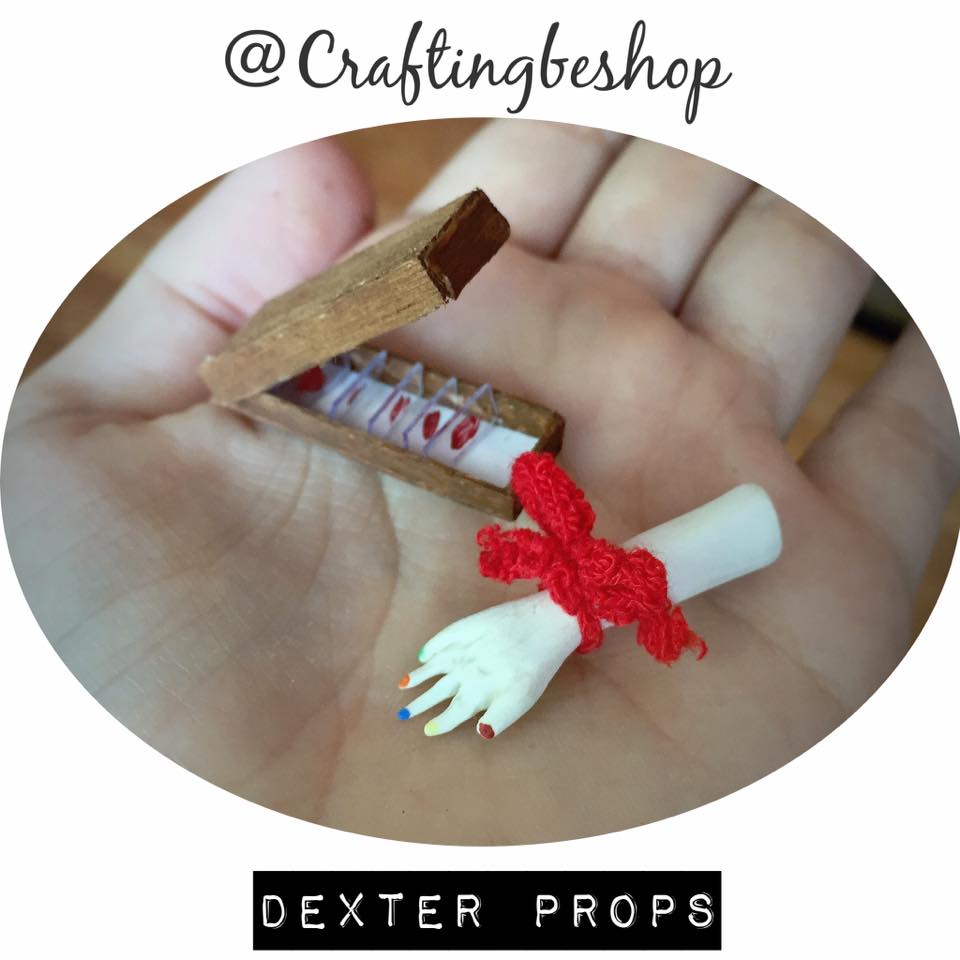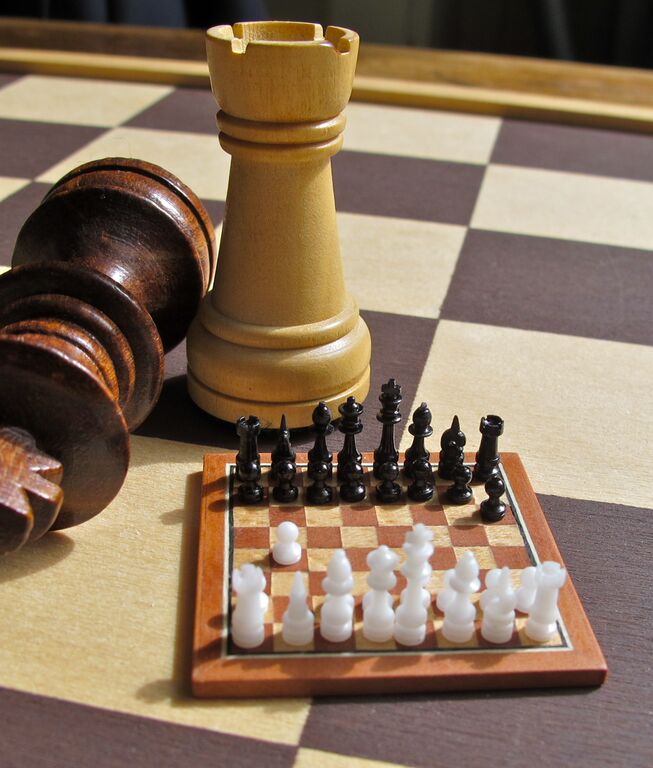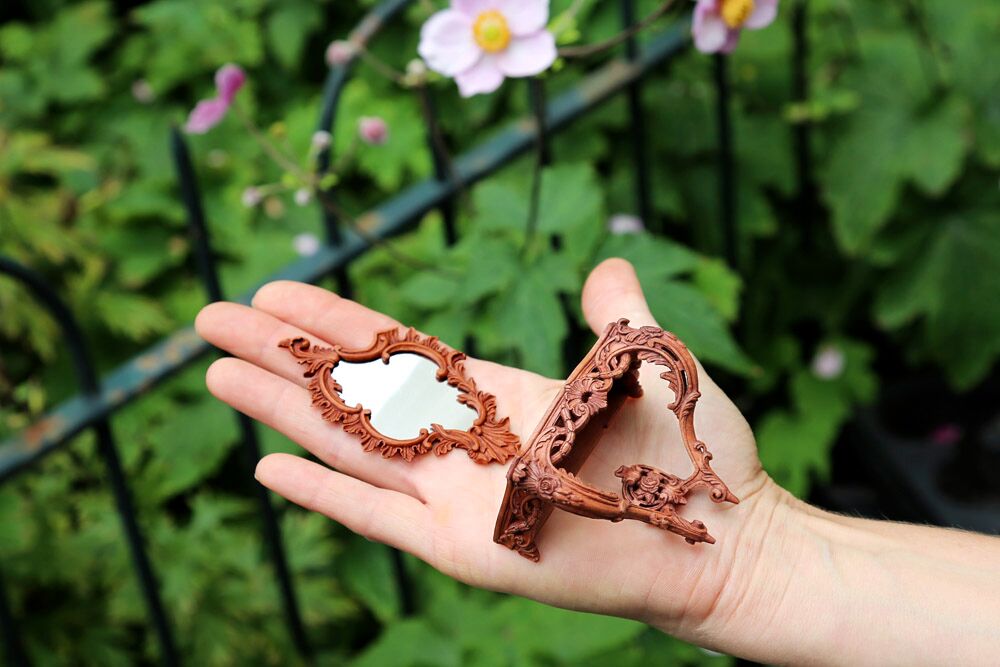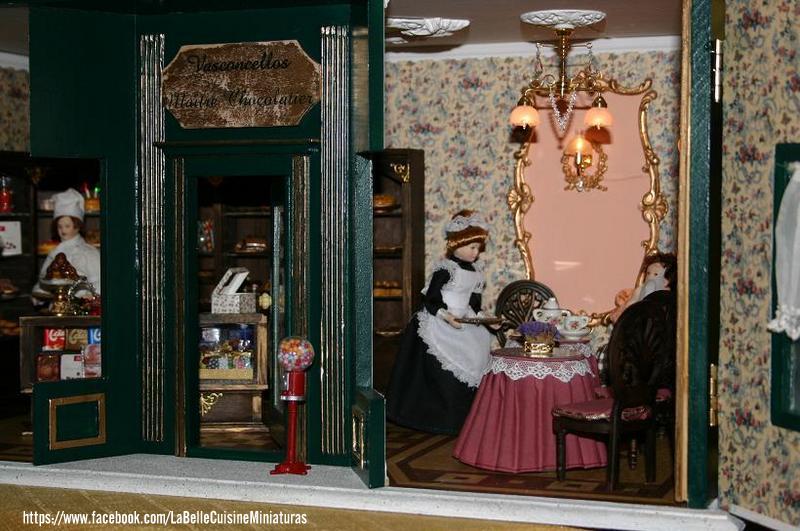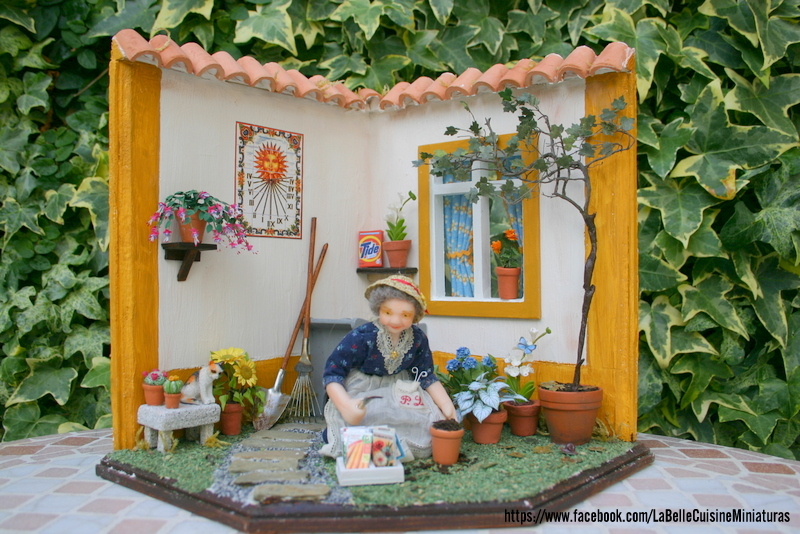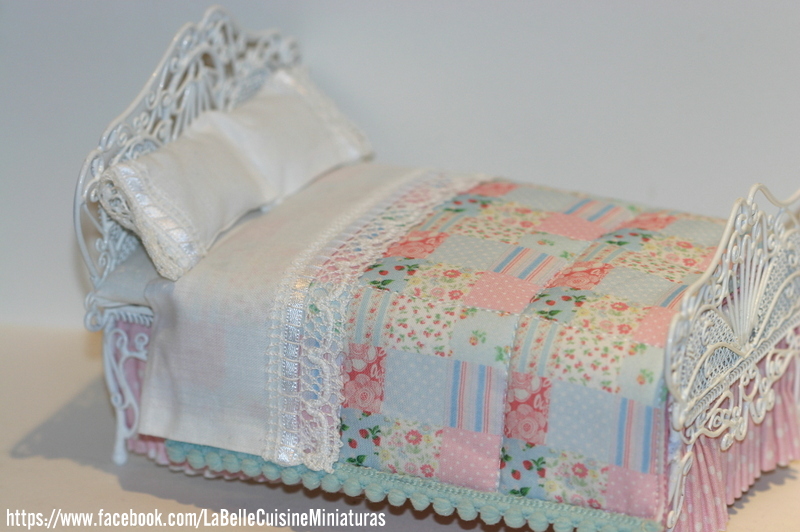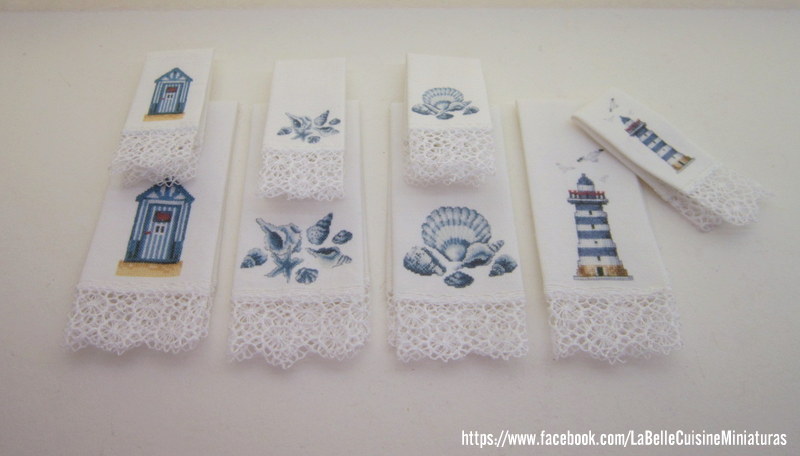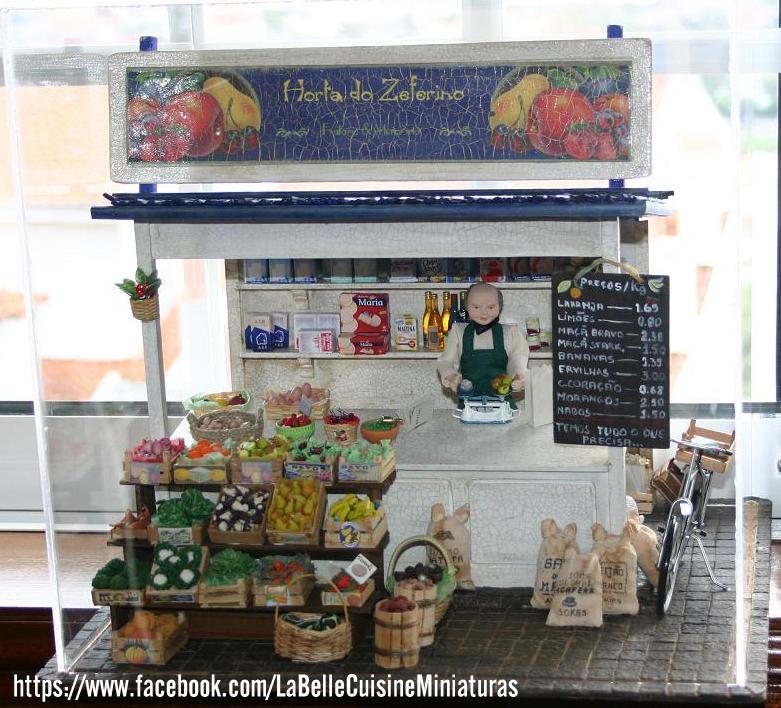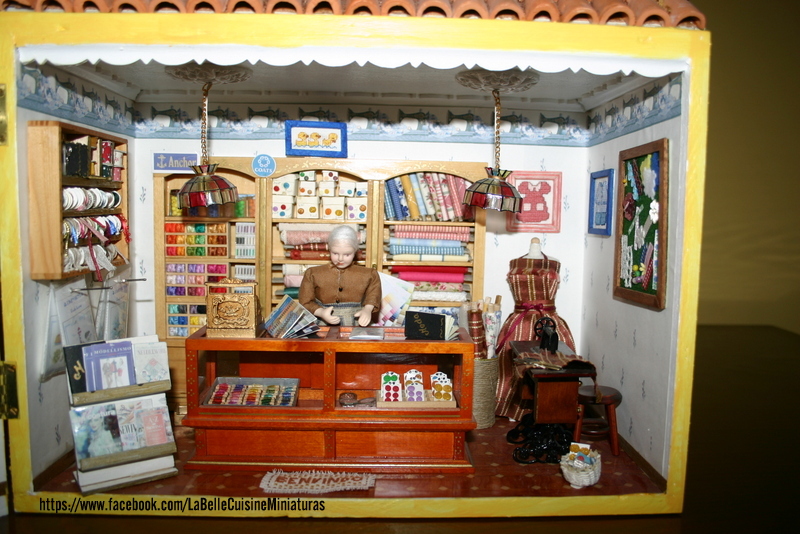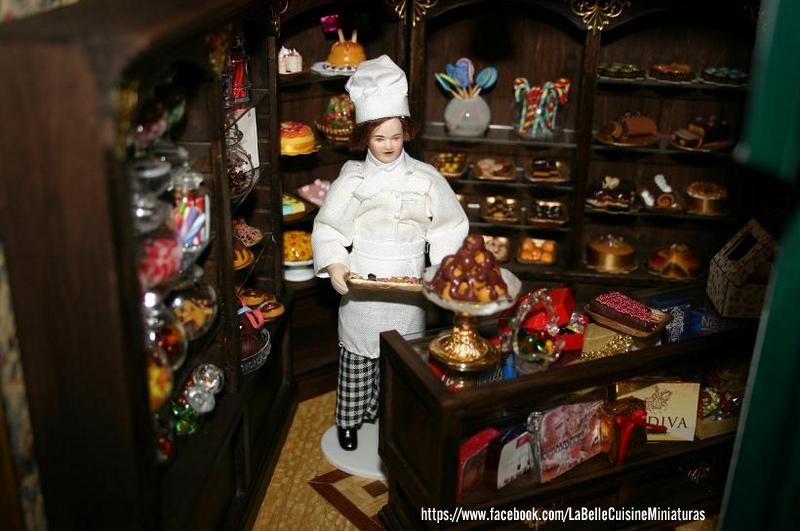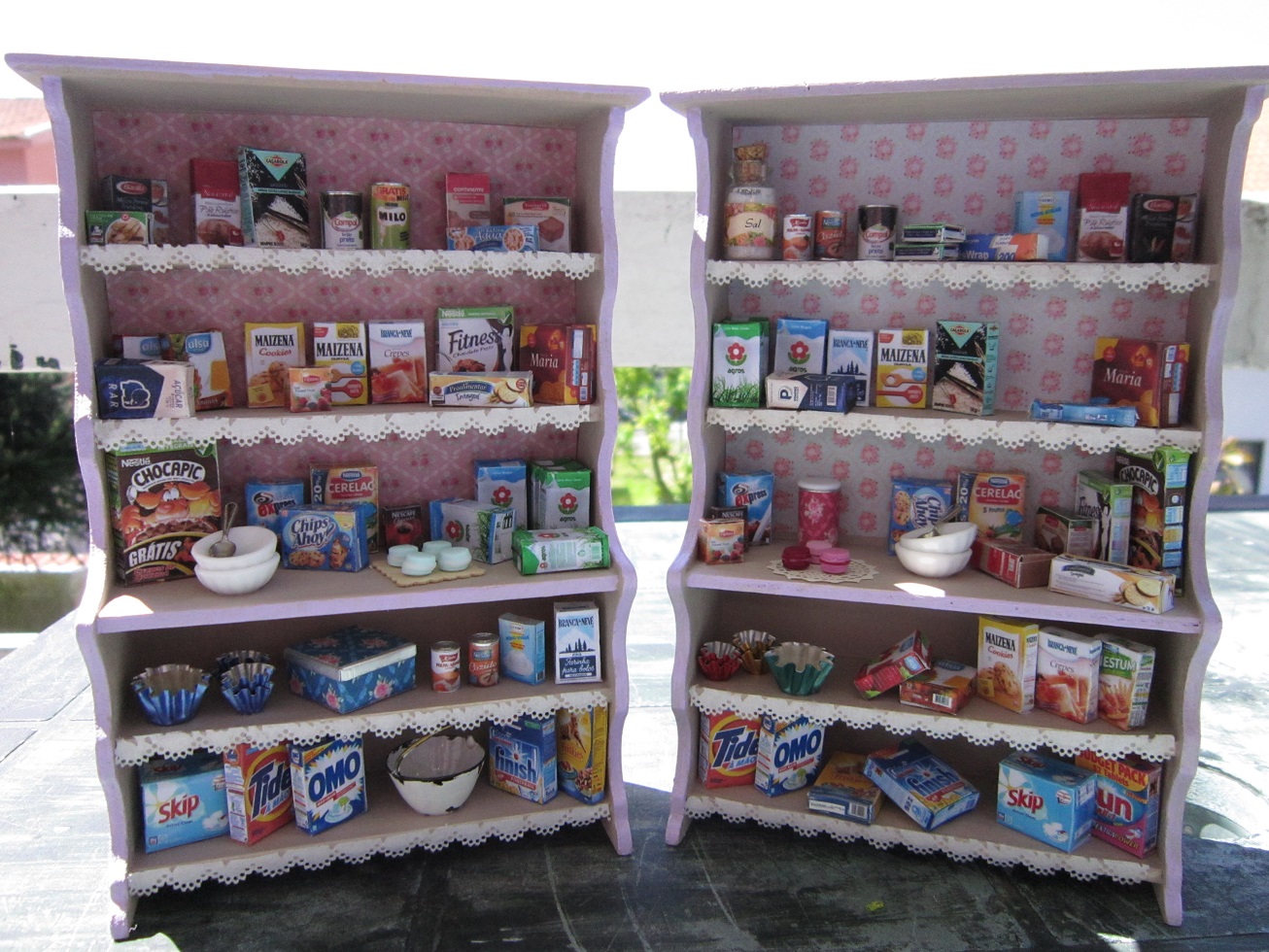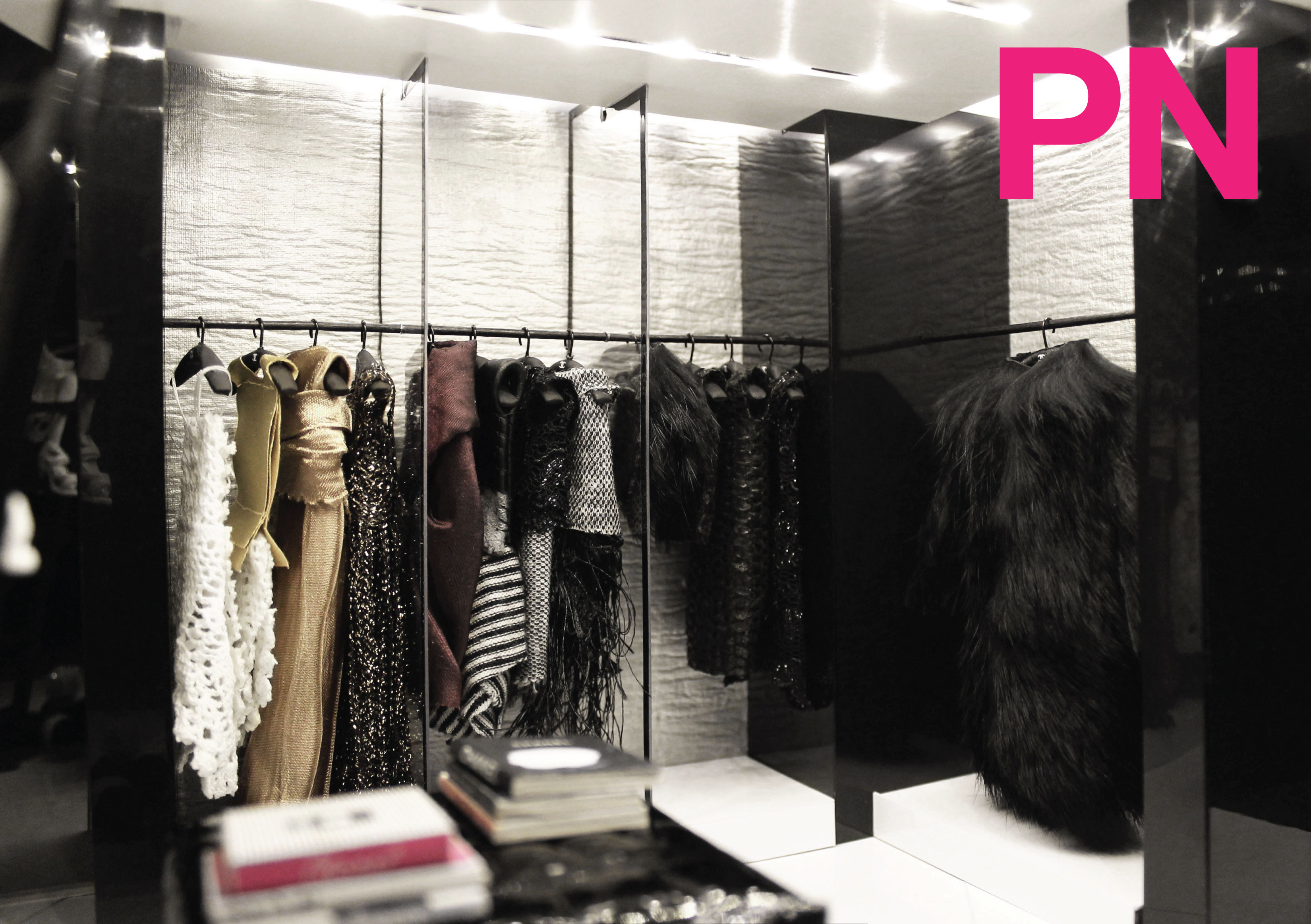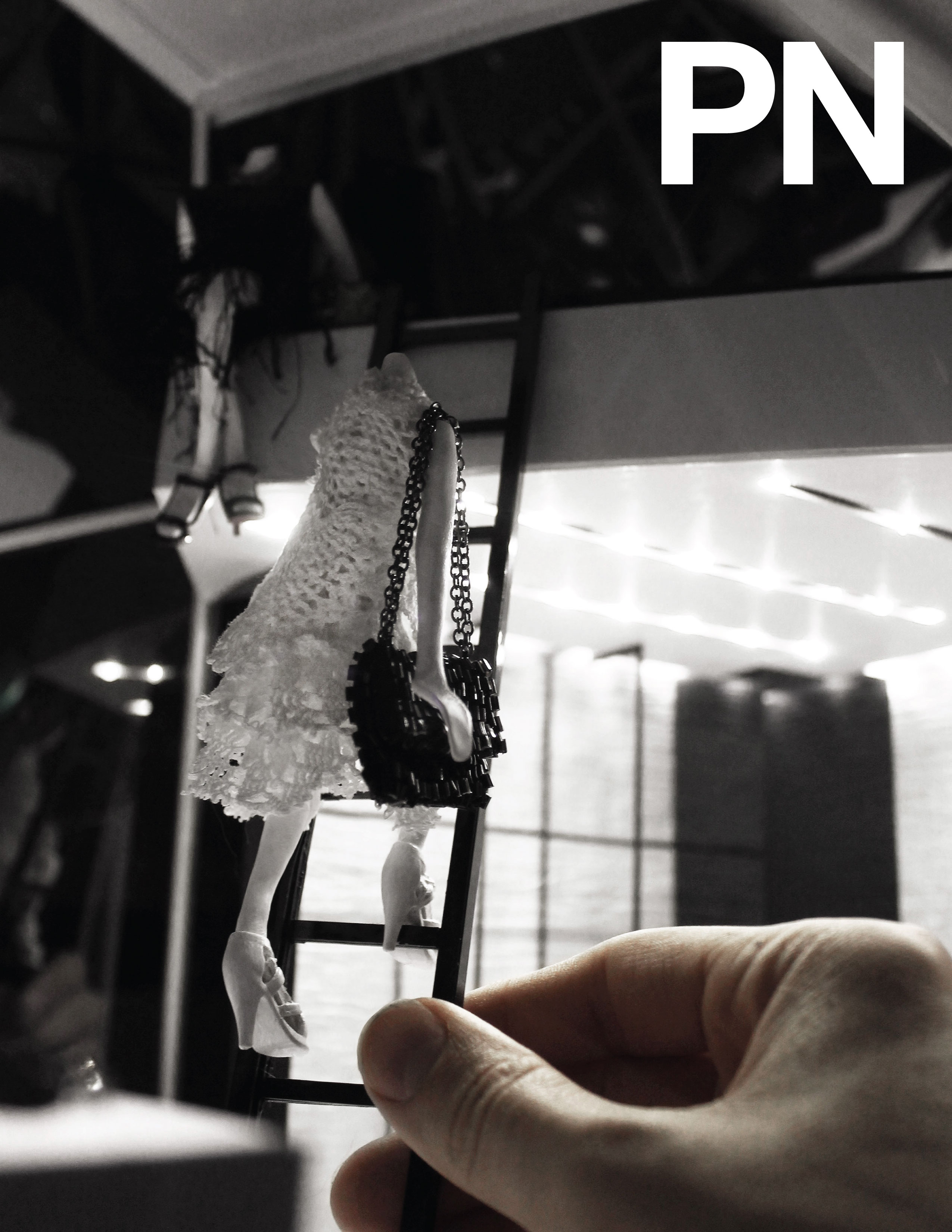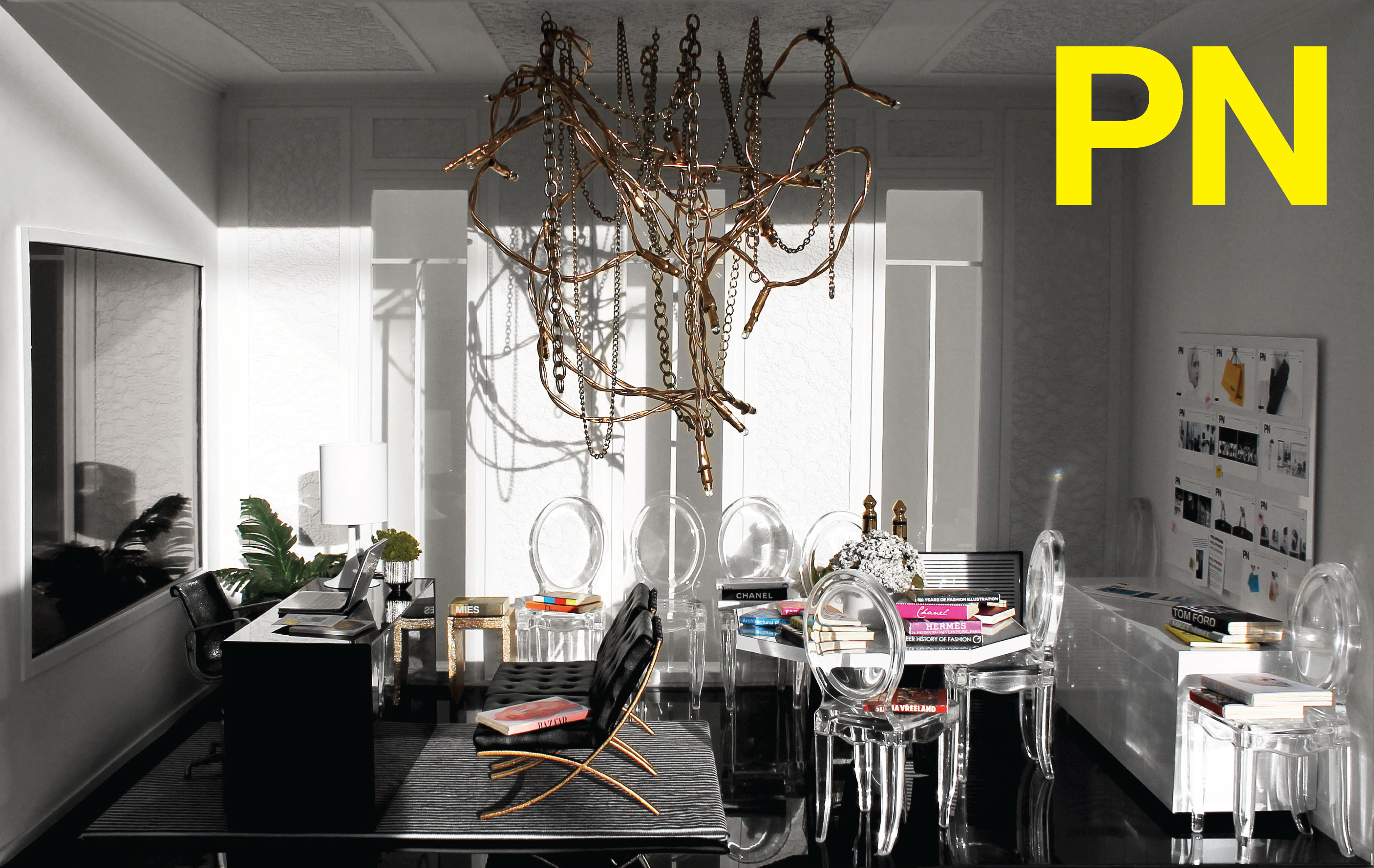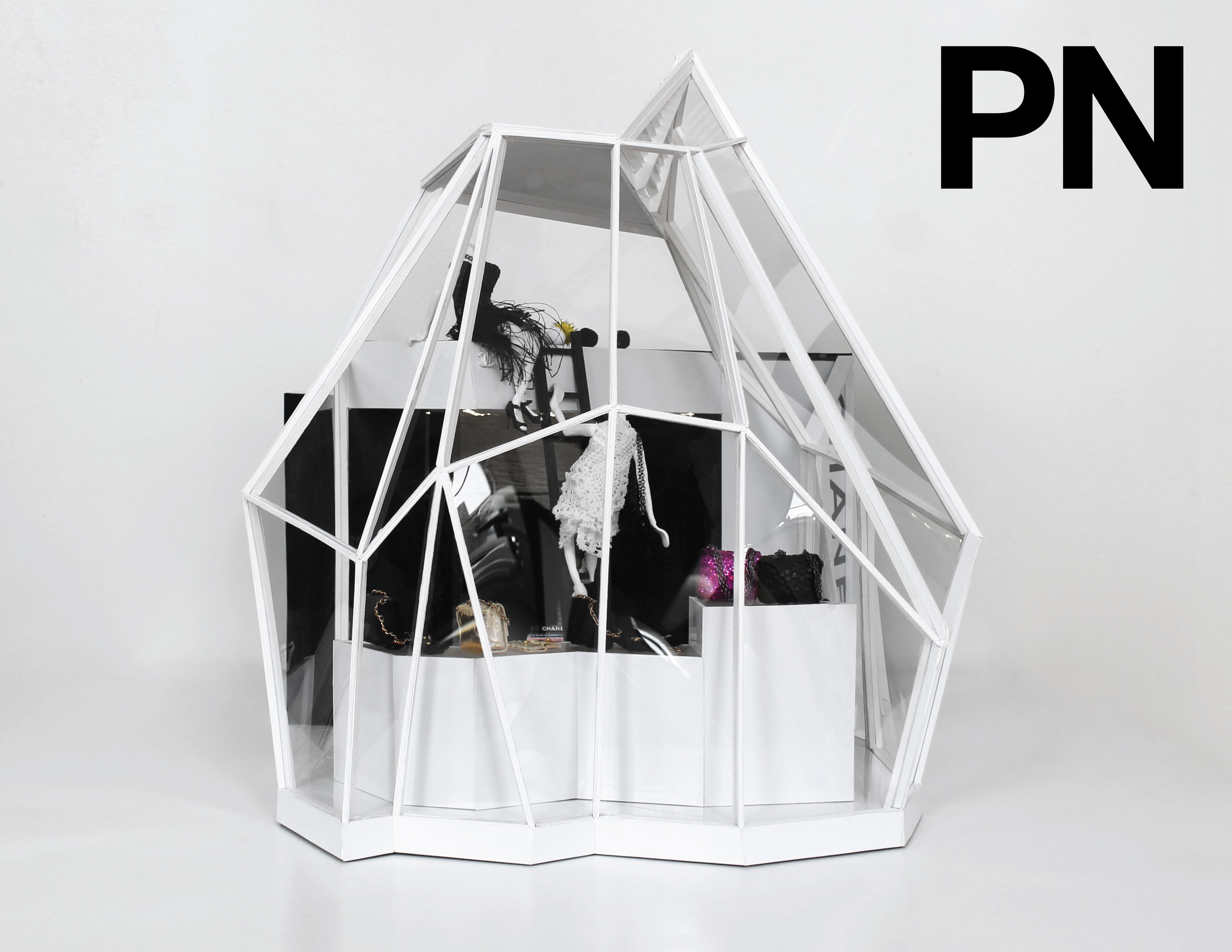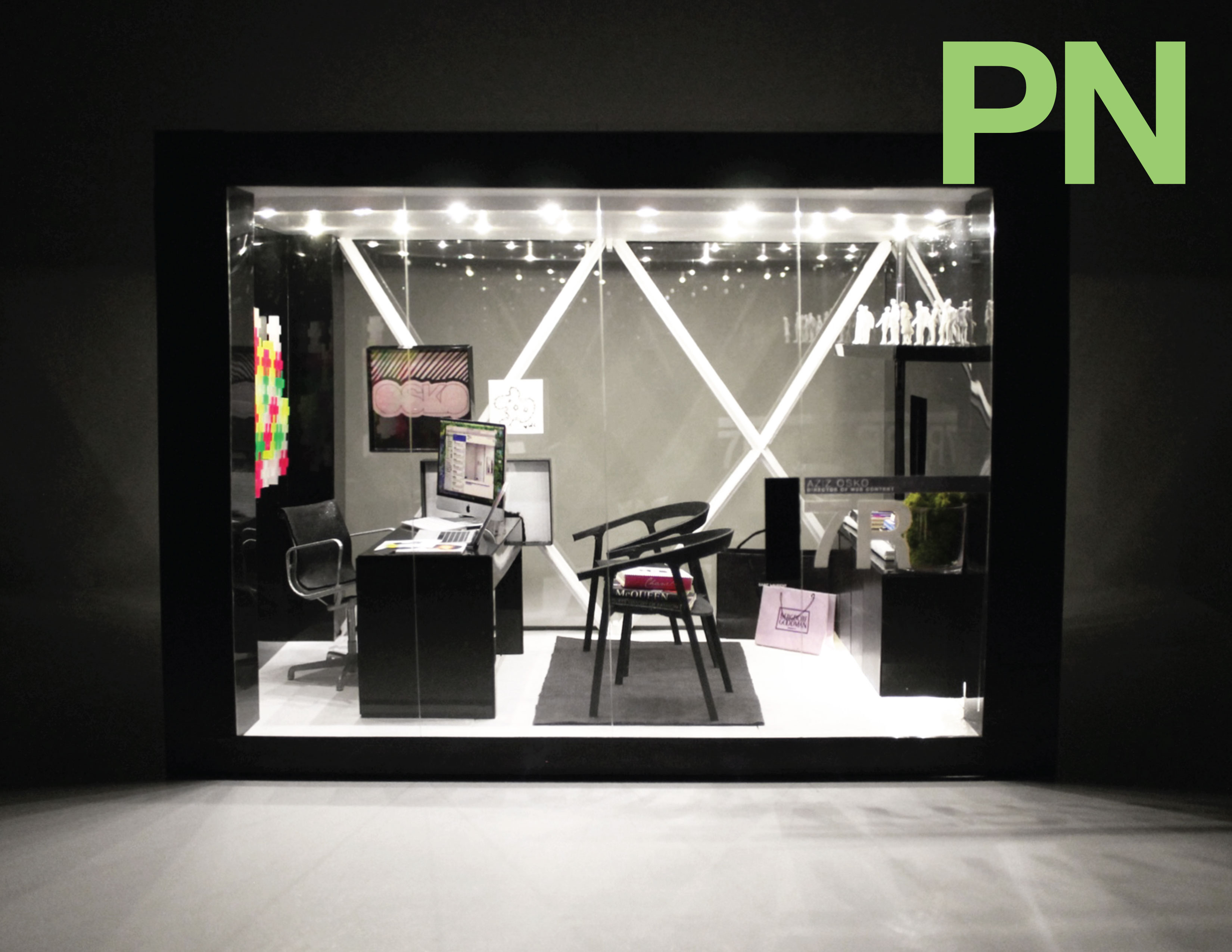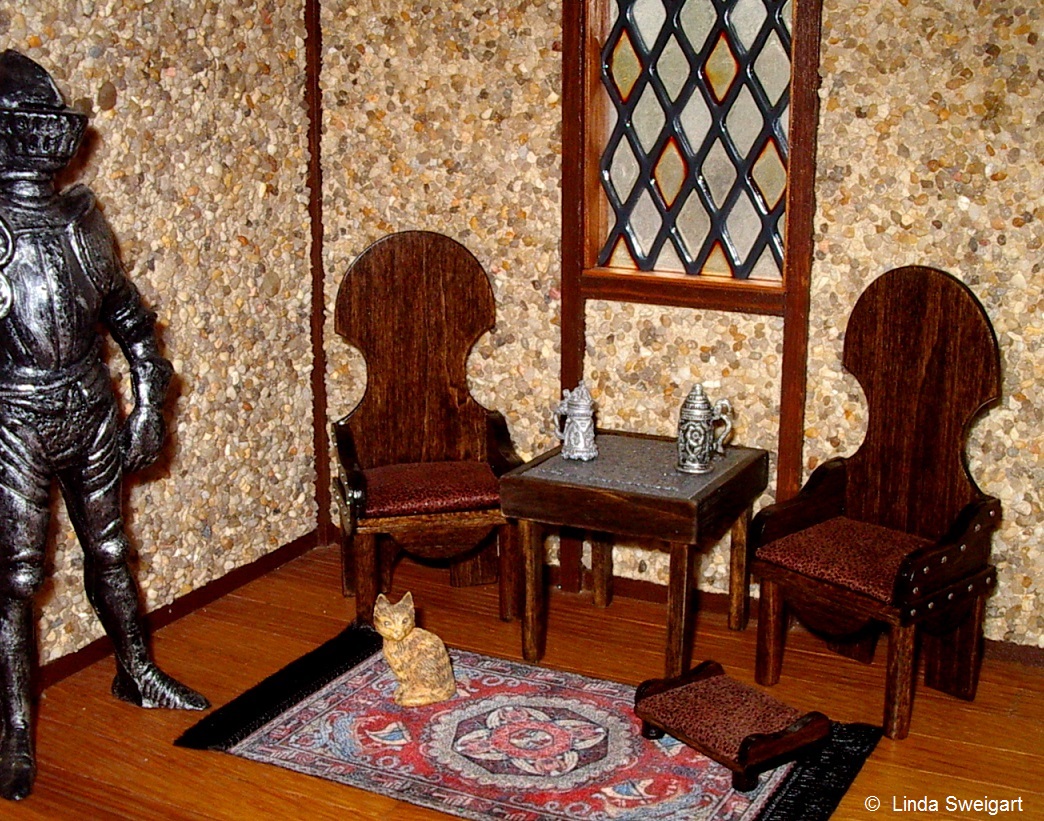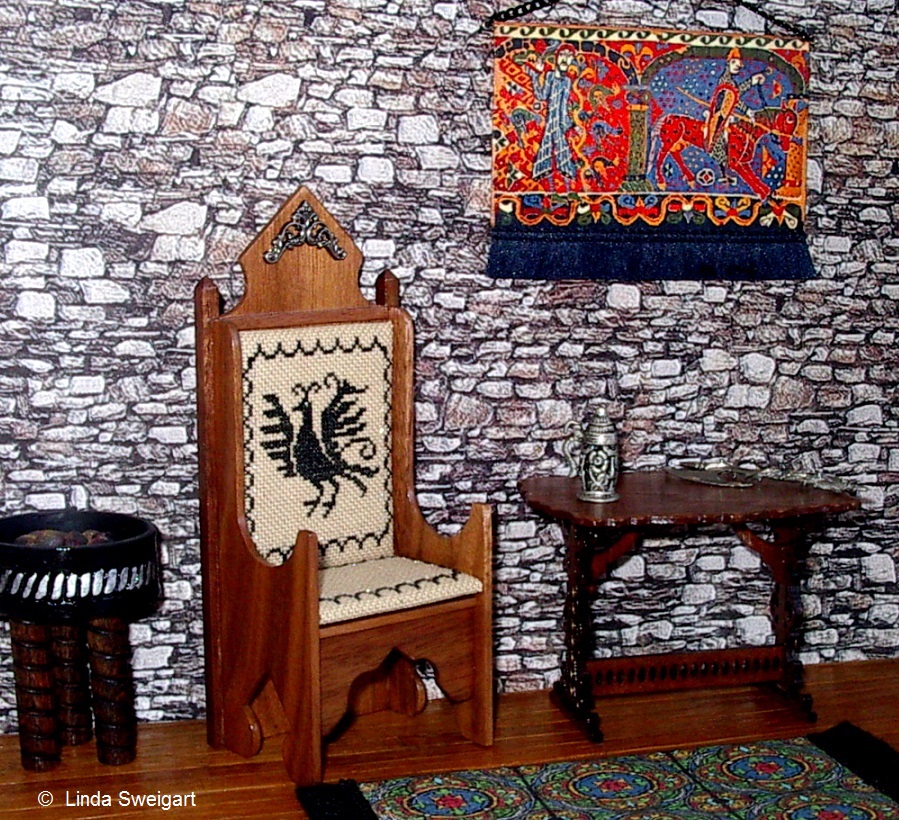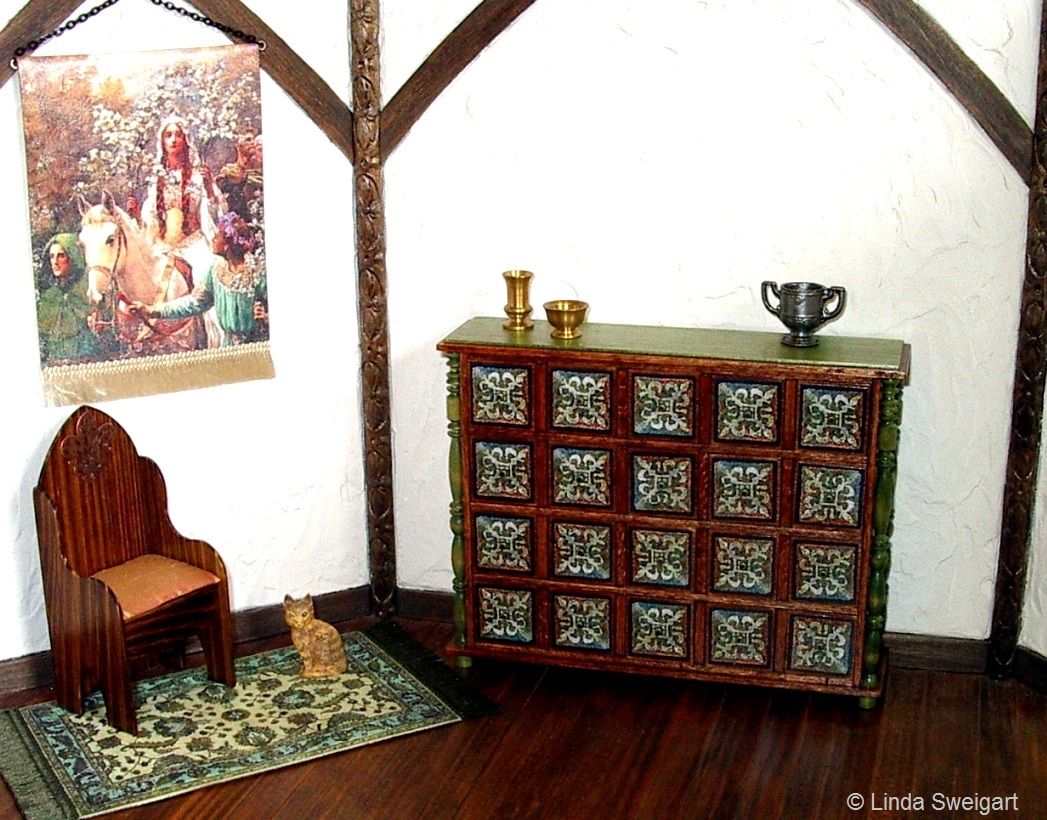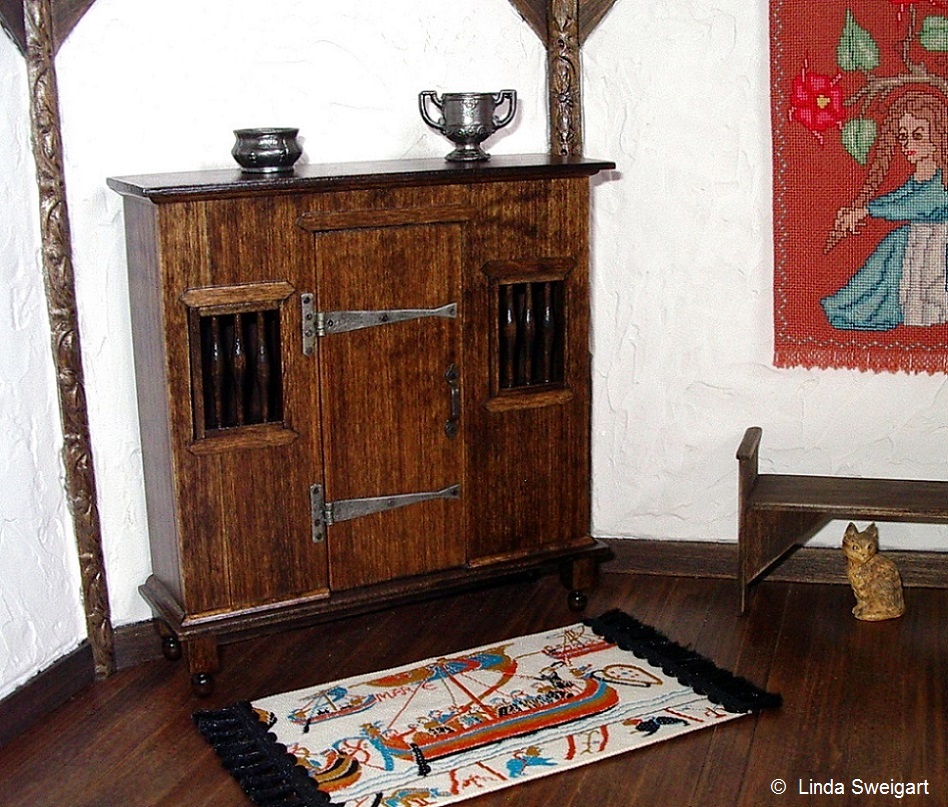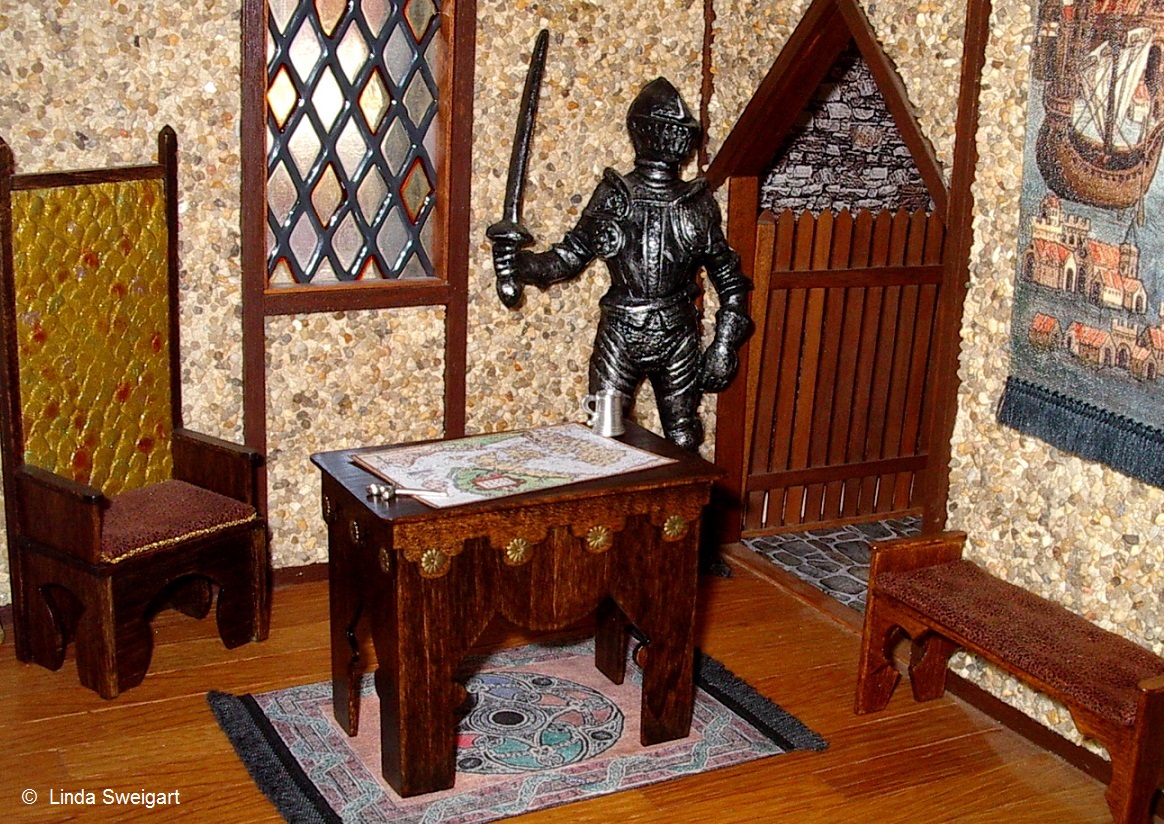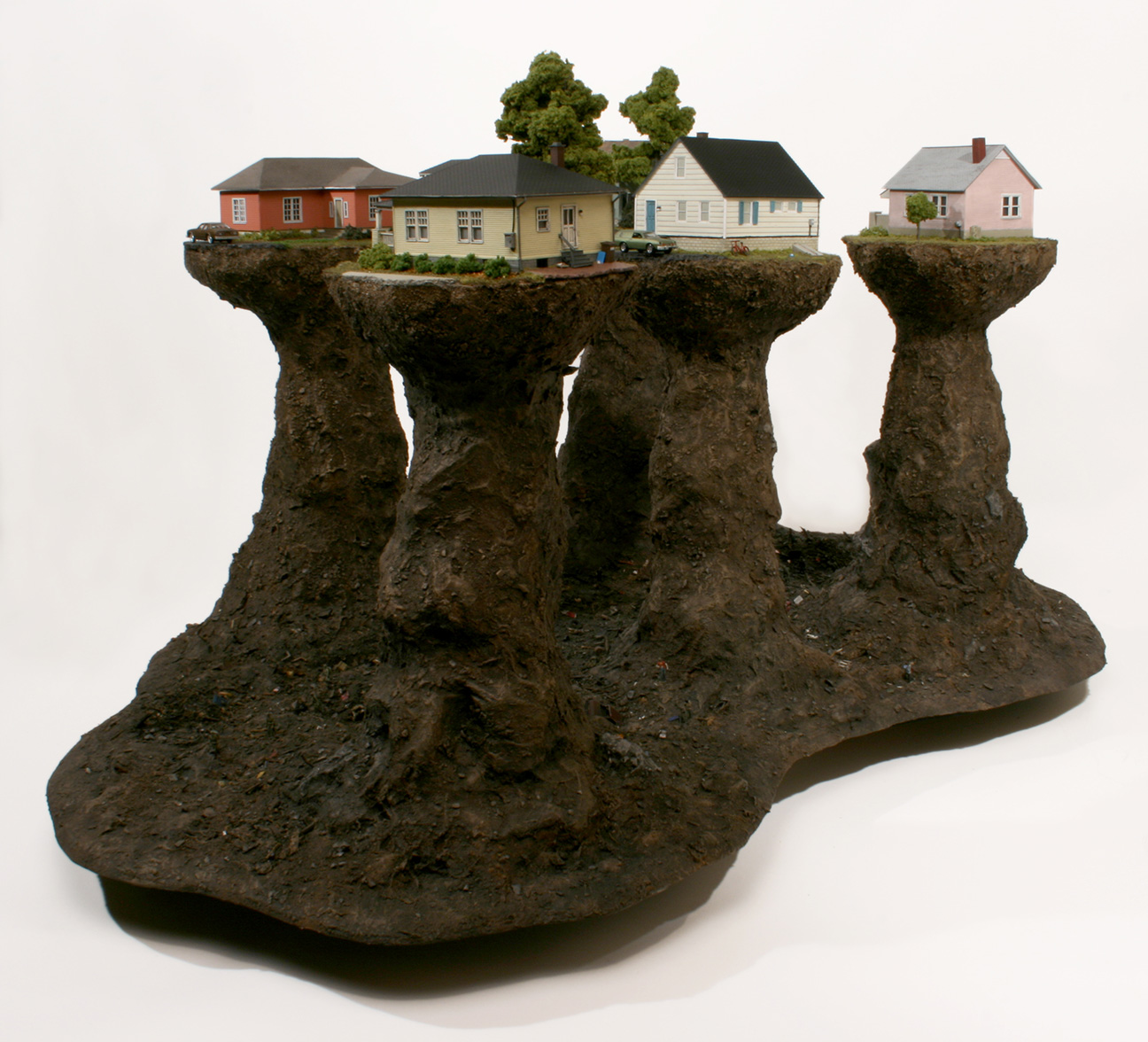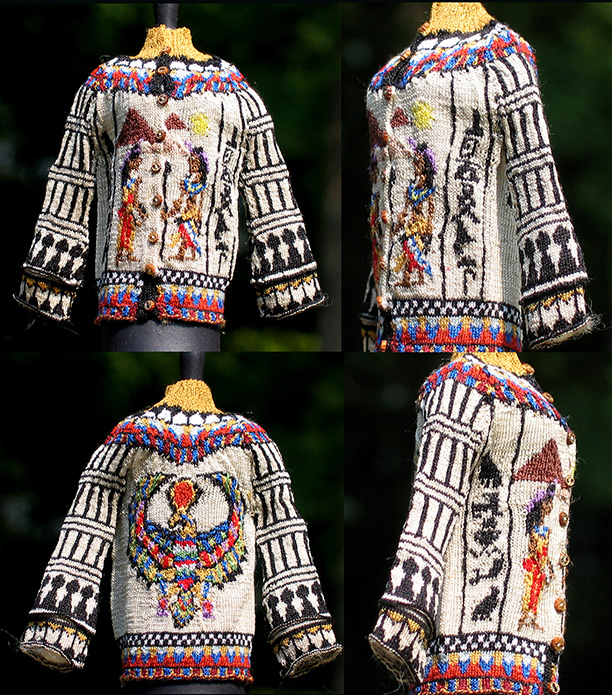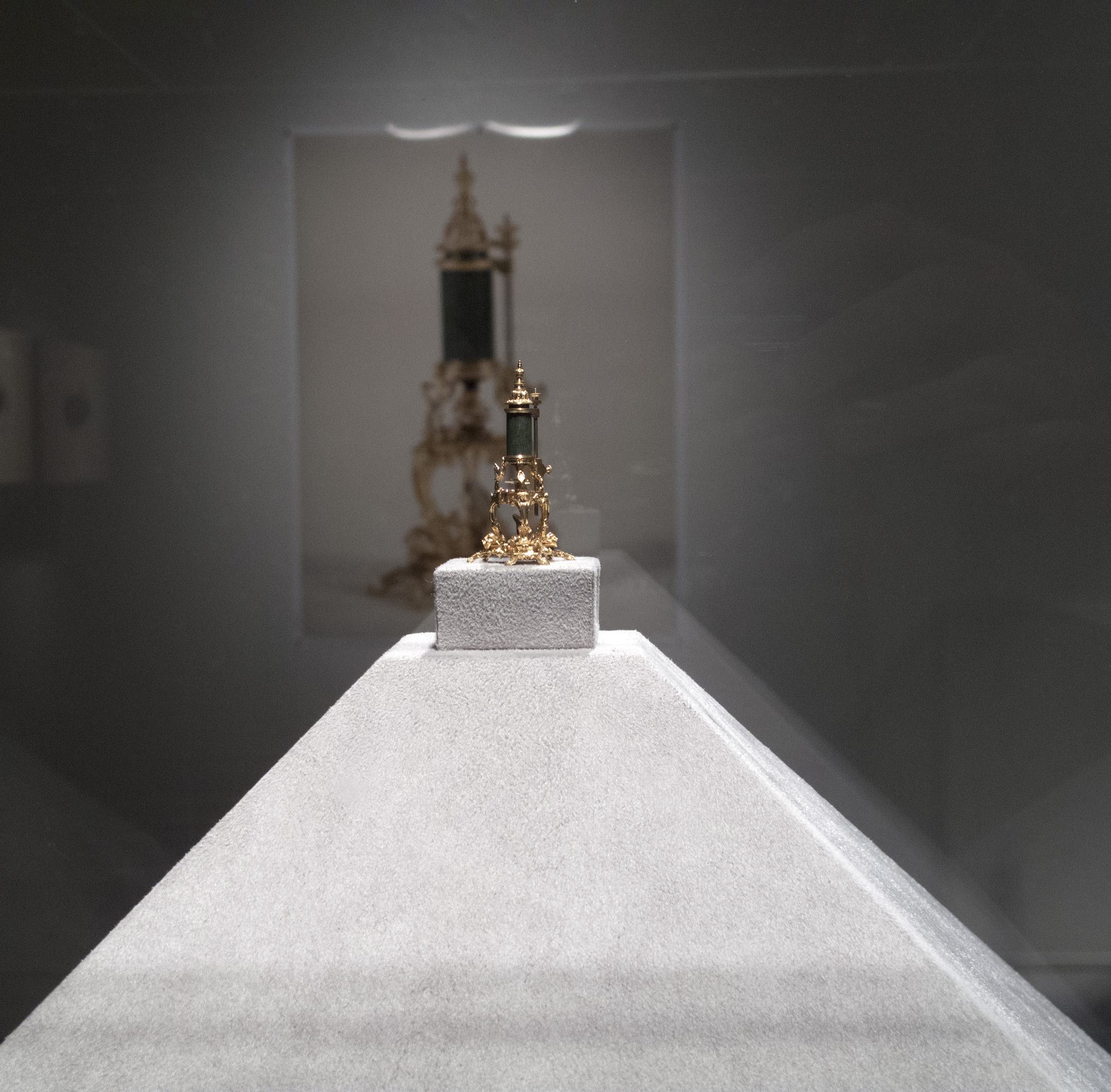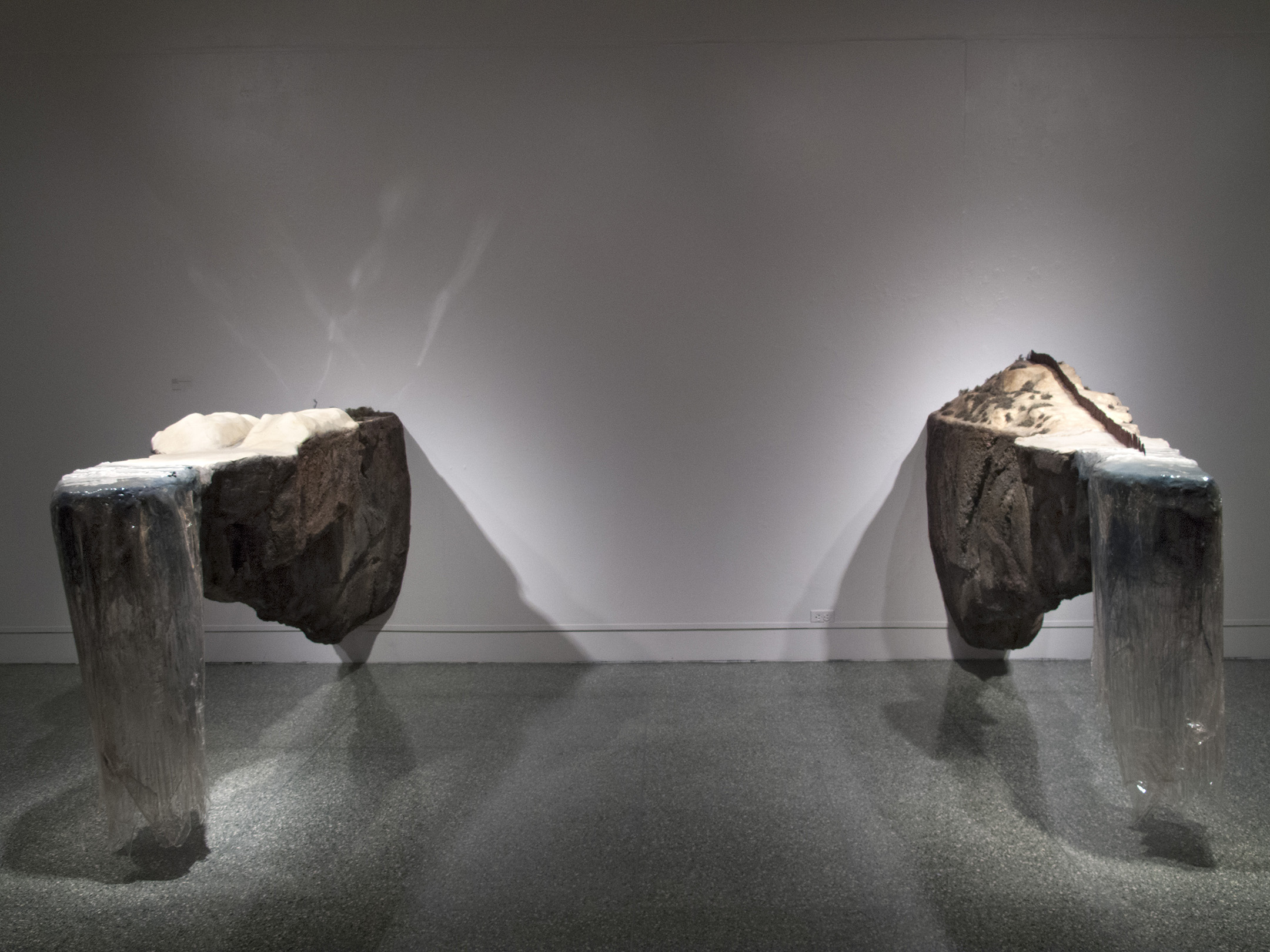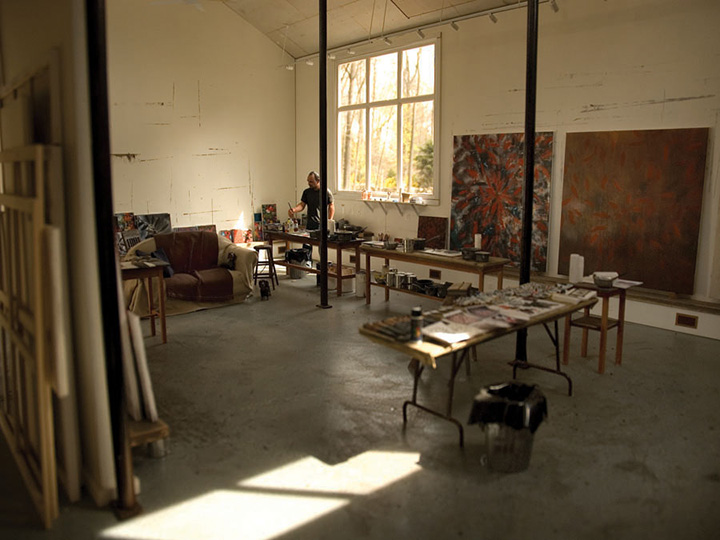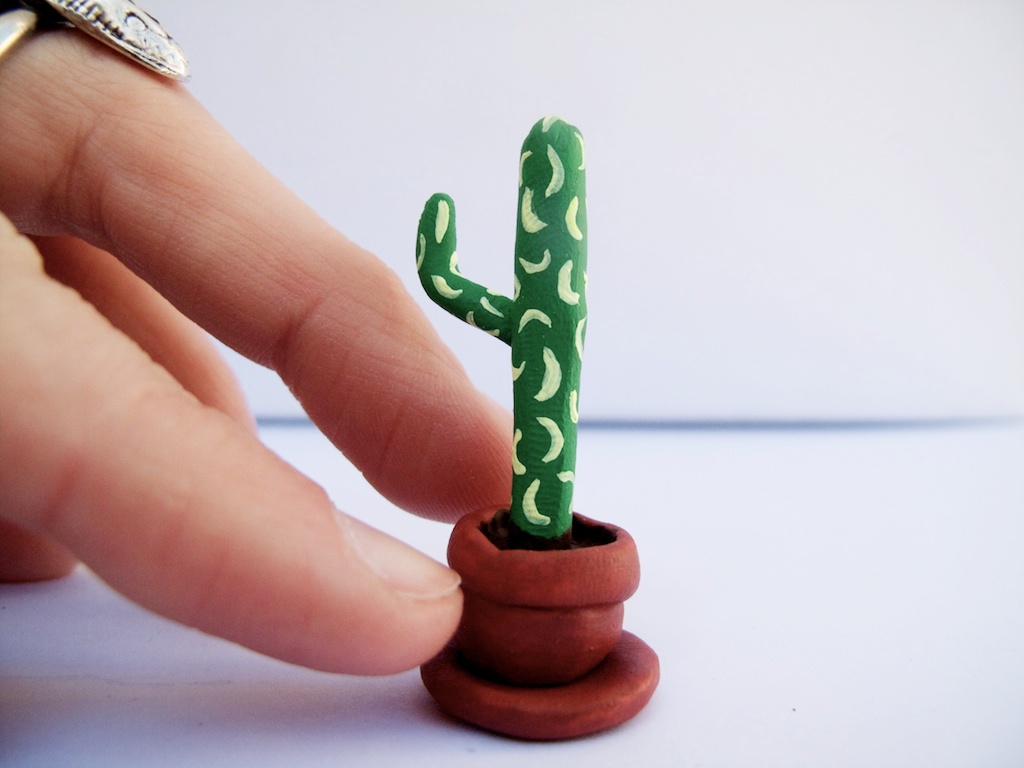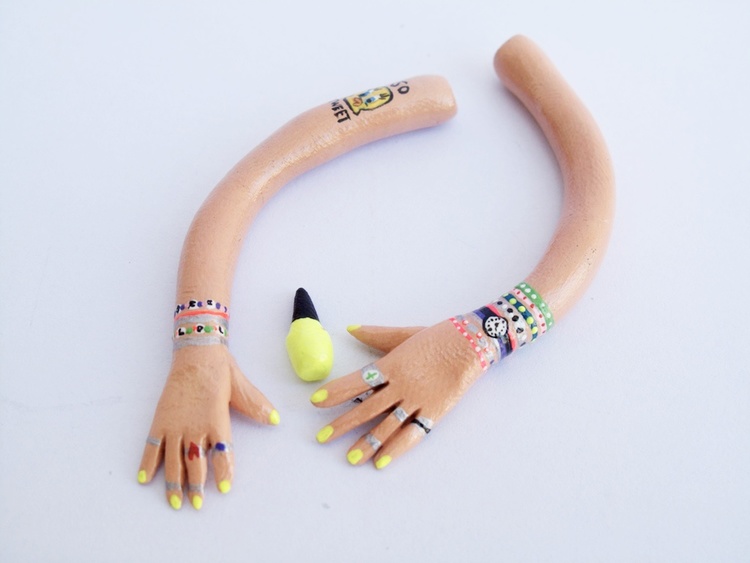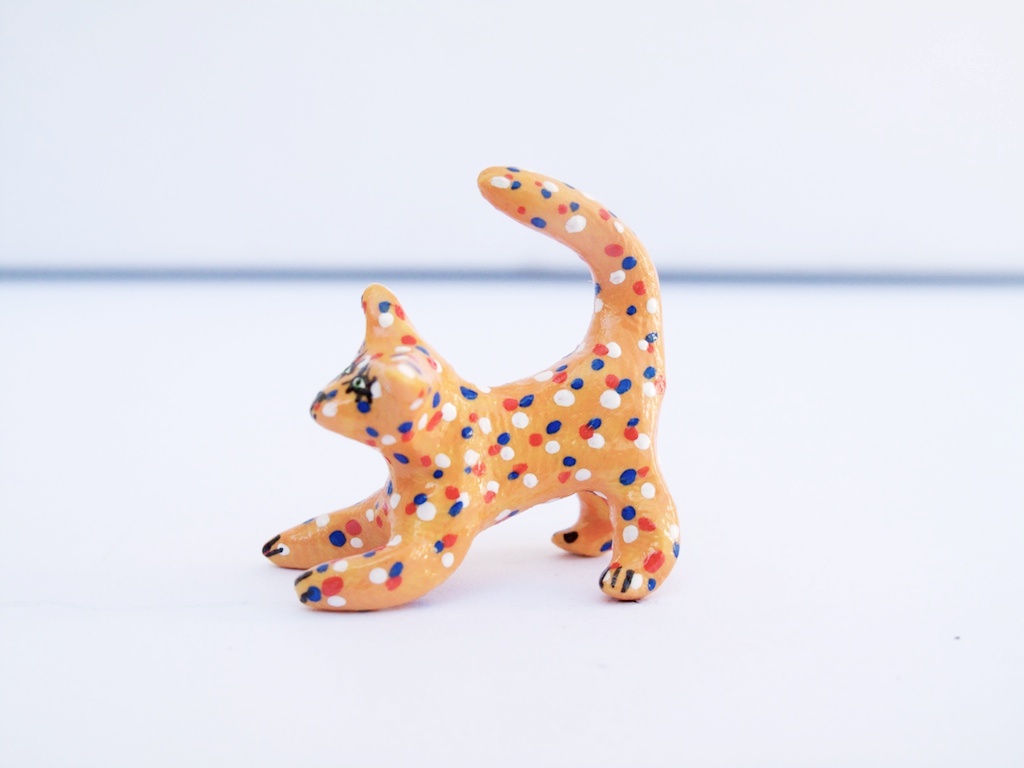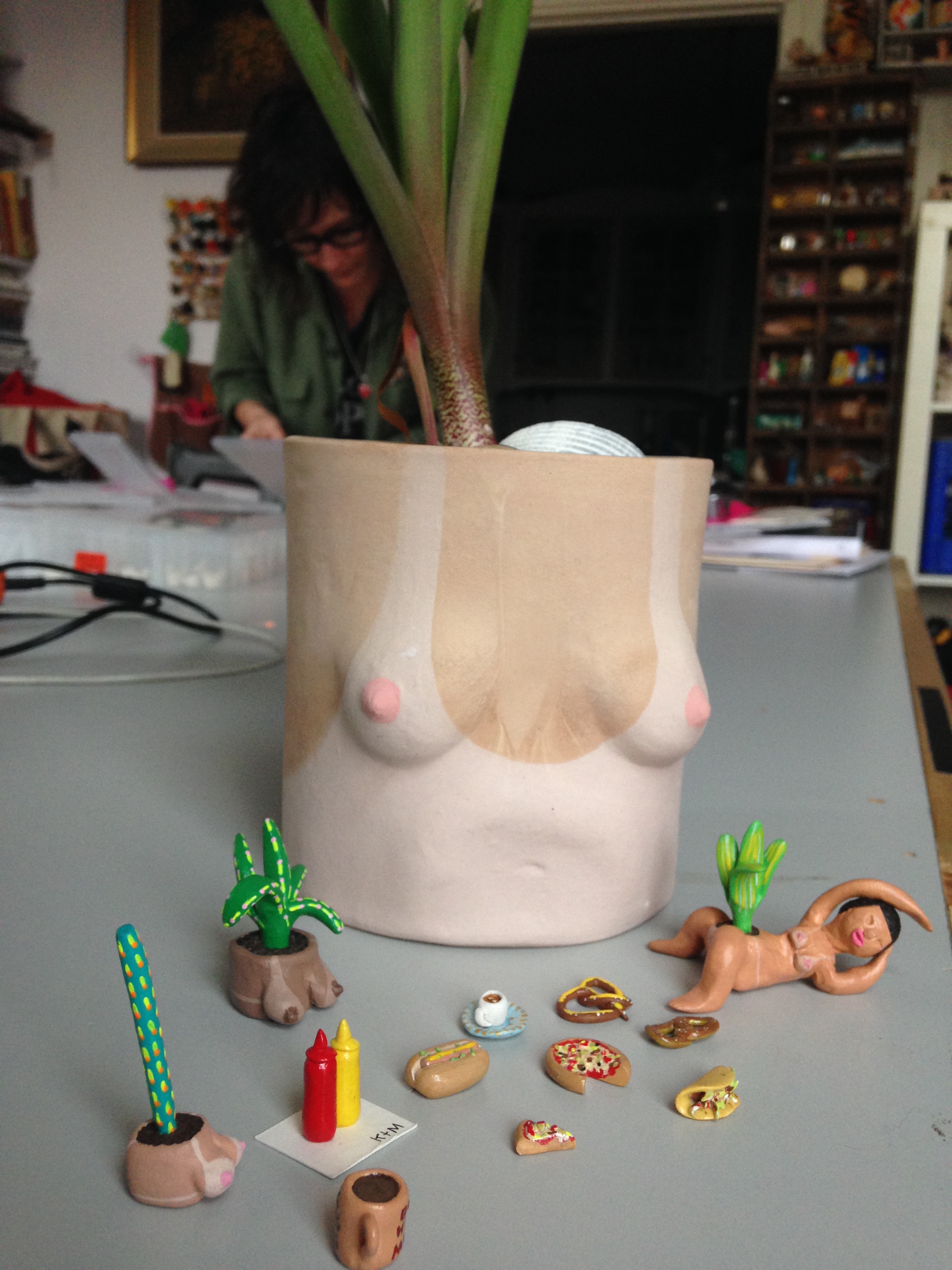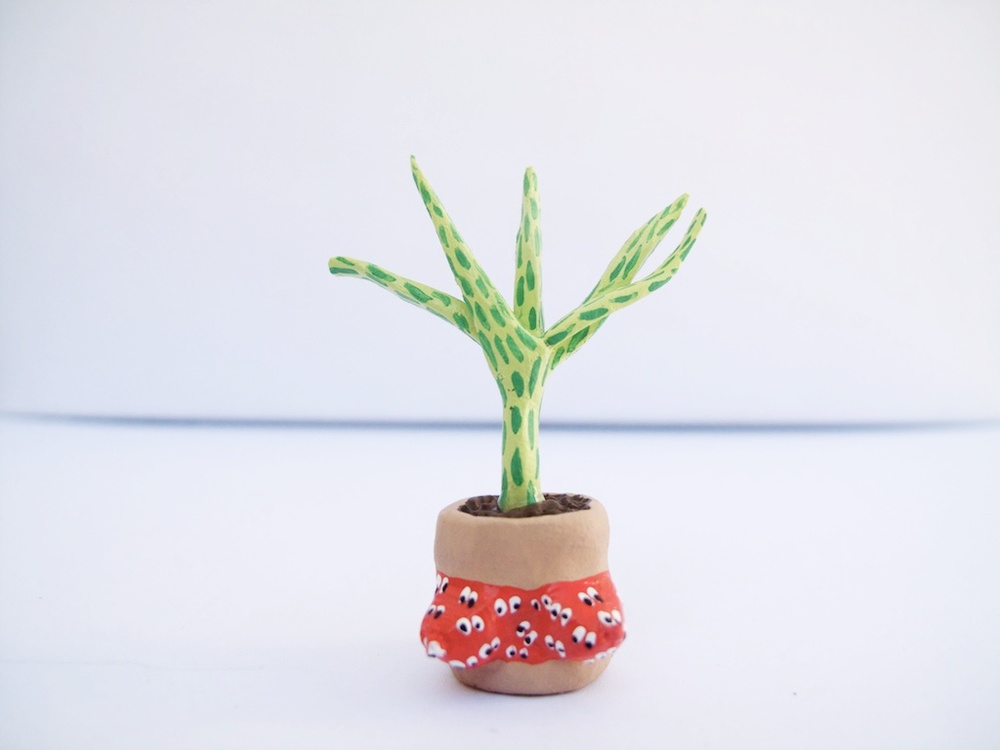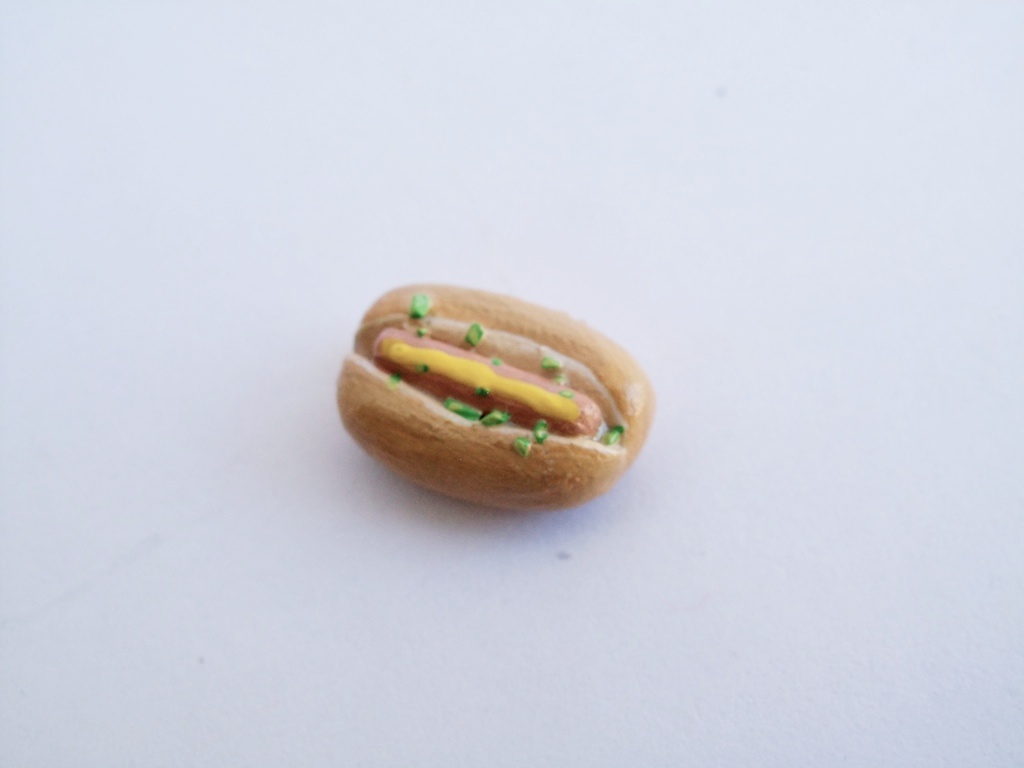Micro Miniatures by Nanotray
| Website | Instagram | Facebook | Twitter |
 What does Nanotray mean?
What does Nanotray mean?
Smaller than a big tray! As an engineer designing technology for small spacecraft, I was making everything smaller, to fit more technology into a smaller satellite. A regular telecoms satellite might be around 3000 kg (the size of an SUV) and we were building micro satellites, around 50 kg (the size of a microwave oven). Those were full of what we called micro trays that held the electronics and space experiments. Then we moved down the scale to nano (up to 10 kg, basketball-sized) and pico (under 1 kg) satellites. That required devising a way to reduce down the size of the structure, and with electronics parts becoming smaller, too, I designed a new standard packing unit which I dubbed a nanotray, just to distinguish it for the other engineers to house their particle detectors and space radios in. Nanotray became the general term I used for anything smaller than small, and it transgressed into wooden satellite models and anything nano-sized I did.
How did you first get started in miniatures?
If you design a car or a cell phone, you get the pleasure of seeing your creation after it’s been launched. With a spacecraft, once it’s launched, it’s gone! I guess I started building models of my satellite designs before they went into space so that we’d have something to remember them by. They were also useful to help visualize actual operations of the satellites in operations centers.
I have always liked detailed things and working with wood, so that became the medium for my models. Typically, my model spacecraft would be scaled to end up with a suitable sized unit to display on a desktop, scaled from 1:10 for smaller satellites to 1:288 for a few models I made of the International Space Station.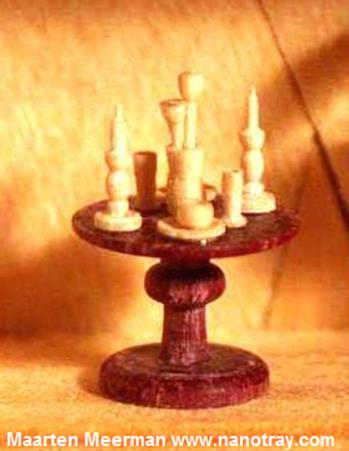
I started turning wood as a teenager, initially with a lathe fashioned from an old kitchen appliance and some plywood. It wasn’t until one day in 2010, that I was inspired to reduce down regular, every-day objects, like this table setting, complete with flowers, crockery and a champagne cooler.
As I was making this table I kept replacing items with smaller ones, ending here at 1:72 scale.
How has your work evolved?
As a member of the Greater Vancouver Woodturners Guild, you are challenged to interpret a particular statement every month through woodturning. That table was turned in response to Valentine’s Day, and so I kept turning, improving the small lathe I built for the miniatures, and the scale kept getting smaller.
 I’m not quite there yet – the turnings are still visible – but sometimes I do offer a magnifying glass to view the wee ones.
I’m not quite there yet – the turnings are still visible – but sometimes I do offer a magnifying glass to view the wee ones.
However, the size that particularly caught my interest was 1:144 scale – thanks in part to the beautiful work of Nell Corkin – and I became part of an online microminiature community addicted to sweating the small stuff. I started modeling pieces of furniture that had a woodturning element – such as the legs of a table or chair – and soon I was trying out furniture sets, rooms, and even complete houses.
The Pauline Vanier Room in Rideau Hall (Canada’s version of the White House) became the center of my universe at the end of 2010, when it took me several months to put together the near 1000 pieces to replicate a small piece of Canadian history.
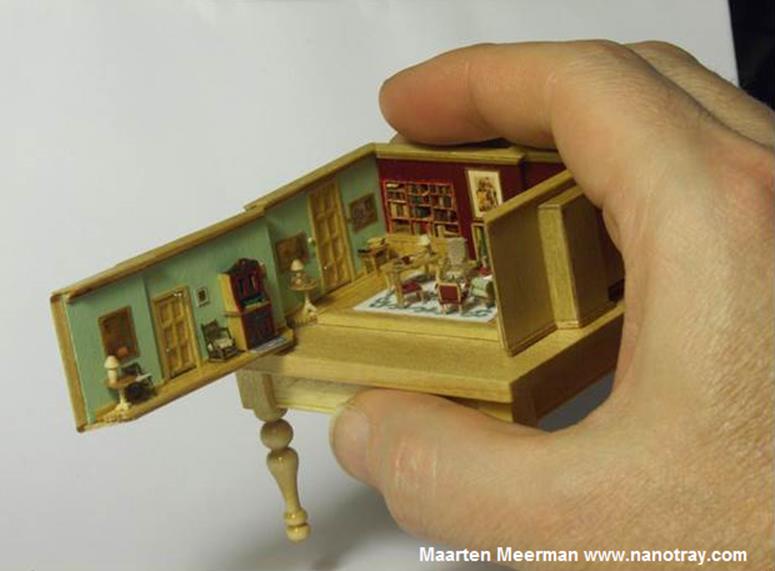
What materials do you use to make your micro miniatures?
I work mainly in wood, although I might add a piece of brass or other material from time to time. 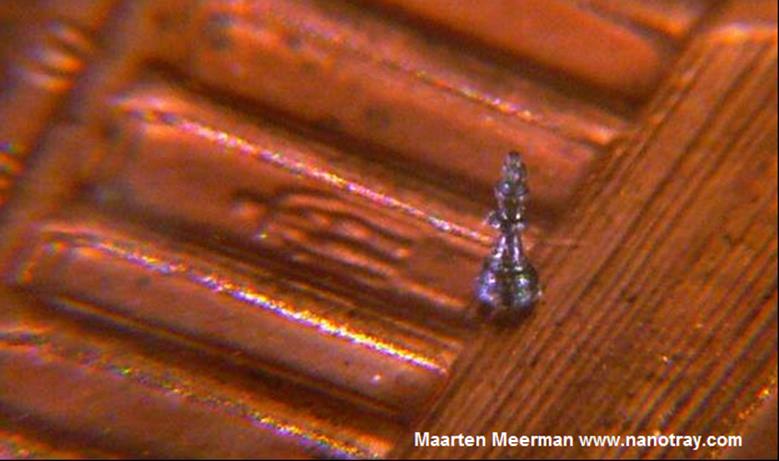 Hardwoods like ebony and lignum vitae are best for really tiny turned items, down to below 1/1000” (about 20 microns), but for regular miniturnings (those under 1/16”), birch works very well, too. Sometimes boxwood, for small chess pieces of course. For micro-carving, I tend to use maple and cherry, with sometimes walnut, padauk and purpleheart for contrast. I cut scale 2×4 lumber from sanded paper-thin maple veneer to frame up buildings, makes for much nicer walls than using plywood.
Hardwoods like ebony and lignum vitae are best for really tiny turned items, down to below 1/1000” (about 20 microns), but for regular miniturnings (those under 1/16”), birch works very well, too. Sometimes boxwood, for small chess pieces of course. For micro-carving, I tend to use maple and cherry, with sometimes walnut, padauk and purpleheart for contrast. I cut scale 2×4 lumber from sanded paper-thin maple veneer to frame up buildings, makes for much nicer walls than using plywood.
Describe your process.
Well, you need a steady lathe: I built my own, and it includes a head rest. Some of the small pieces take a long time, and if your head moves too much it becomes difficult to see the little details after a while. Especially while sanding.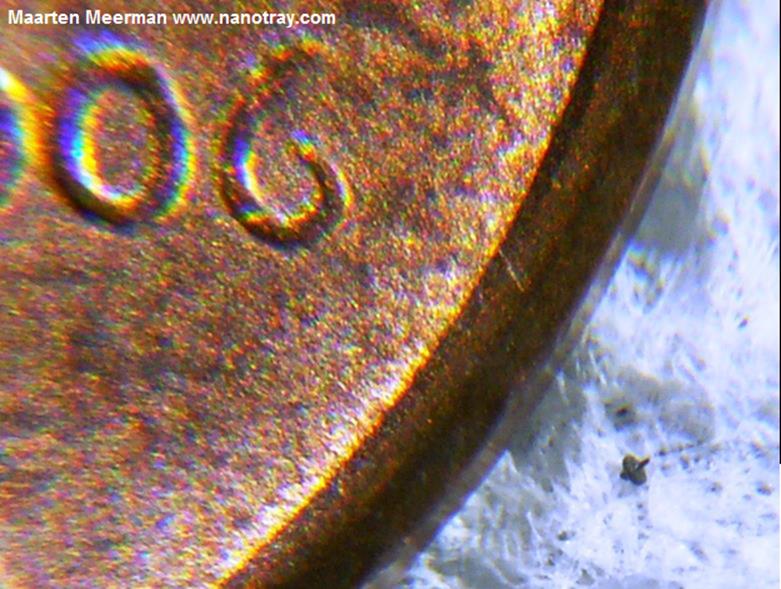
For the really small pieces, I have to work carefully in time with my breathing – you can go into a sort of trance, taking swipes with a tiny sliver of 2000-grit sandpaper, hoping that the next stroke does not destroy the piece (as often happens, and then I start again). I don’t try it after carrying heavy items or pulling weeds from the garden, so in reality a small item like a goblet or a spinning top that’s almost invisible might take a whole afternoon to complete.
Advice for beginner artists?
Do what you like doing, and keep pushing the boundaries. Show your work to others, both online and in real life (photographs never quite do it justice). Interact with others and discuss their work, too. Take feedback. Agree that some pieces that you worked on for a long time are just not quite right and should be redone after all. And at some point, people will start saying that you have developed your own style and techniques, they recognize your work. And then keep going. That’s only the start.
Tool and materials you can’t live without?
Fresh scalpels and fine, good quality needle files. Not those you can buy at $5 for a set of six, but the ones that cost $20 per piece. Then a dental pick for moving tiny drops of glue around, and sandpaper: for coarse shaping I use 600 grit, finer detail shaping with little strips of 2000 grit. And of course my nanolathe with a selection of fine woods.
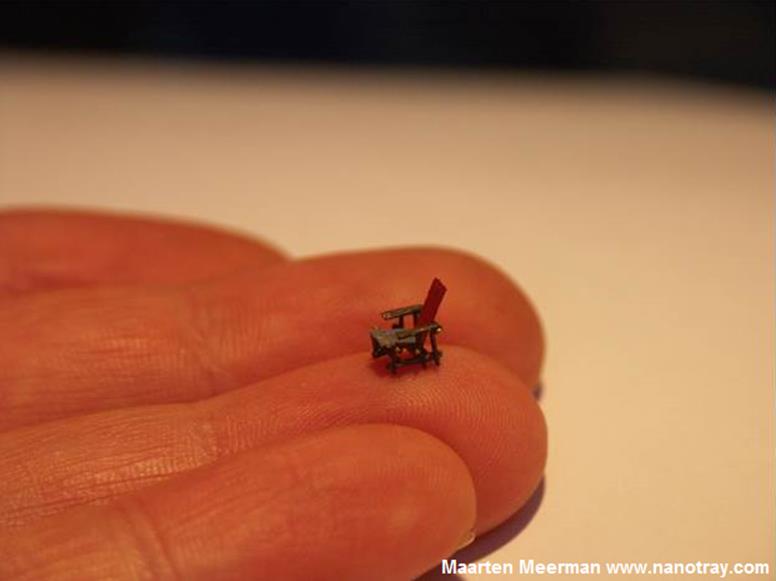 Favorite micro miniature you’ve ever made?
Favorite micro miniature you’ve ever made?
My favorite mini is actually carved, rather than turned, a 1:144 scale copy of Rietveld’s Red and Blue chair. It is currently on loan to the Centraal Museum in Utrecht, the Netherlands, who have a large Rietveld collection. The picture of it sitting on my finger is the most viewed picture on my blog by far.
Most difficult micro mini you’ve ever made?
Two most challenging pieces: one a 1:144 scale chess set. The whole board is 1/8” (about 3 mm) across, with the squares 1/64” (~0.4 mm). I lost several kings and other pieces just while transferring them to the board, and had to make new ones. Carving that cross on the top of the King’s crown takes a steady hand. 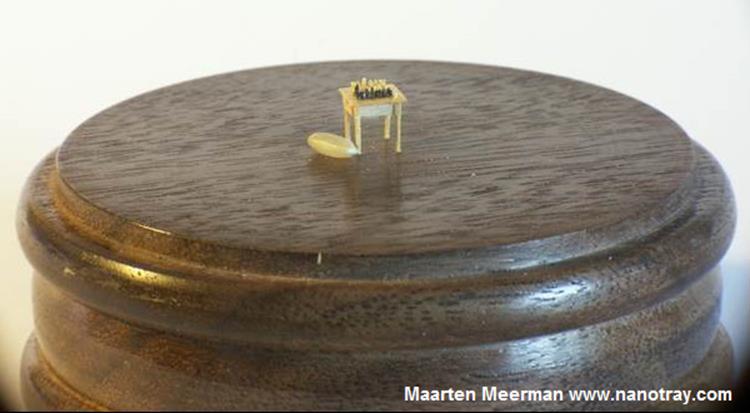 The table it sits on is based on the chess table from Daumier’s The Chess Players, and the setup is a few moves into a famous game called “The immortal game”, from around the same time.
The table it sits on is based on the chess table from Daumier’s The Chess Players, and the setup is a few moves into a famous game called “The immortal game”, from around the same time.
The other piece was the 1:144 scale copy of a room in Rideau Hall. I chose the Pauline Vanier “Canadian Room,” full of historic Canadian furniture, and all scaled from photographs. It takes days just to analyze and build a chair to look like the original, even though the volume of the wood is about 3 million times smaller and lighter. And there are several chairs, all quite different, from spindle-turned to upholstered with cabriole legs. Not to mention all the other cupboards, desks, art pieces and the wooden floor!
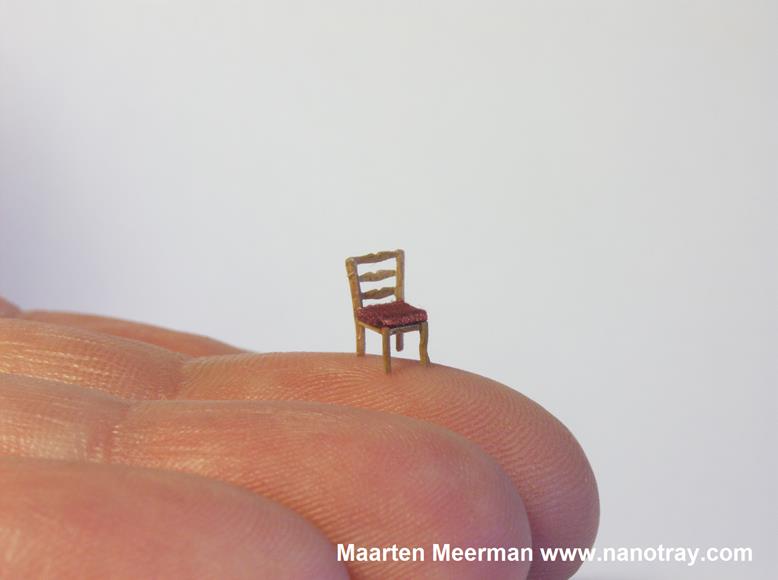 What is the most memorable miniature you have ever seen by another artist?
What is the most memorable miniature you have ever seen by another artist?
There are not many microminiature artists around, so I rarely see other people’s work in real life, but I have met a few online! A while ago I saw some miniature silk embroidery by Louise Smith that looked just like a series of photographs, unless you looked right up close. And I once met Dalton Ghetti, who carves lead pencils into amazing detail. I presented him with a goblet turned into the tip of a pencil lead. After getting a magnifier out he exclaimed some unprintables, followed by “There is a goblet there!”
What inspires you?
Going as small as possible while still being able to see a piece. Photographs never do the smallest pieces justice. Every time I look at a real piece I am shocked again by how small it is compared to the photos I see on my computer screen. I like to work off a theme. 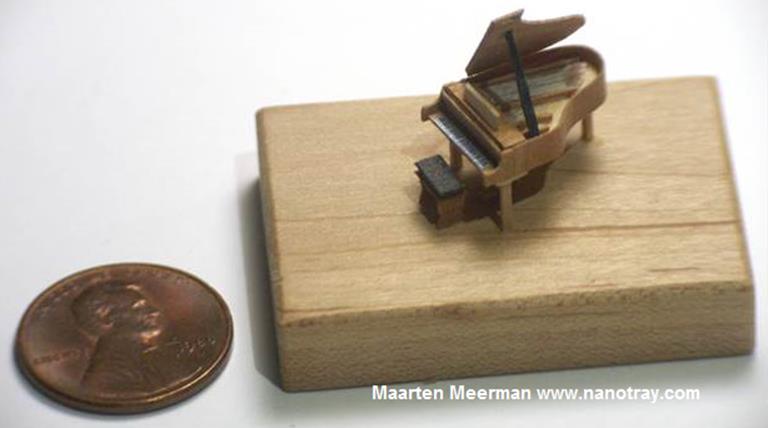 Last winter I made a few musical instruments, like a grand piano the size of my thumbnail, with strings, followed by a concert harp, stringed at the same 1:144 scale as the grand. I’ve made guitars and violins at 1:144 and even smaller at 1:288 – putting the strings on those took some practice! One was for guitar-playing Canadian astronaut, Chris Hadfield, as part of a commissioned model of the International Space Station at 1:288 scale.
Last winter I made a few musical instruments, like a grand piano the size of my thumbnail, with strings, followed by a concert harp, stringed at the same 1:144 scale as the grand. I’ve made guitars and violins at 1:144 and even smaller at 1:288 – putting the strings on those took some practice! One was for guitar-playing Canadian astronaut, Chris Hadfield, as part of a commissioned model of the International Space Station at 1:288 scale.
Why miniatures?
I can pull a complete scene from my shirt pocket, and people go, “wow!” Makes it all worthwhile. The other day someone came up to me at a woodturning meet and shared pictures of the miniatures she made for her family after taking one of my Lee Valley classes. That was really neat.
What’s to come from Nanotray?
Every year I exhibit at Place de Arts in Coquitlam. They have a miniature art exhibit called Positively Petite, bringing together miniature painters, potters, and this nano-woodworker. I also teach miniature woodturning classes at the local Lee Valley store (next one in November). For several years I have made a fundraiser piece for the worldwide MicroMiniature conventions, typically a scene in the theme of the convention, e.g. Gepetto’s workshop with all the tools, and Pinocchio being worked on, all fitting inside a one-inch circle. And I have just been invited to give a talk and demonstrate my nano turning at another woodturning guild, so let’s see how many people I can convert to microminiaturism there!
 Other activities you enjoy?
Other activities you enjoy?
I used to do technical things, electronics and the like as a hobby, but then I made that my work, designing and building satellite missions and spacecraft. I like to design and make things big and small, from orbits of Venus to real-size furniture, down to miniatures. And I write analysis software, which tells you where satellites are, how much power they need to work, and what solar panel they need to get that power from the Sun. That software started out as a hobby project, although I now use it for real projects too. And then I escape into the wood studio to make another miniature.
Anything else you would like to add? What do you want miniature fans to know about you?
I’m as much a fan of any other miniaturist as they could be of me, and, if I may say so, the @dailymini Instagram page is the one that really gave me the kick to get an account! Keep going as long as you’re enjoying it.
Maarten Meerman, originally from Holland via the UK and the U.S., now resides in British Columbia, Canada. His microminiature work continues to get smaller and smaller, and even more detailed. Check out many more photos on the Nanotray website, Instagram, Facebook, or Twitter.
 How did you first get started in miniatures?
How did you first get started in miniatures? 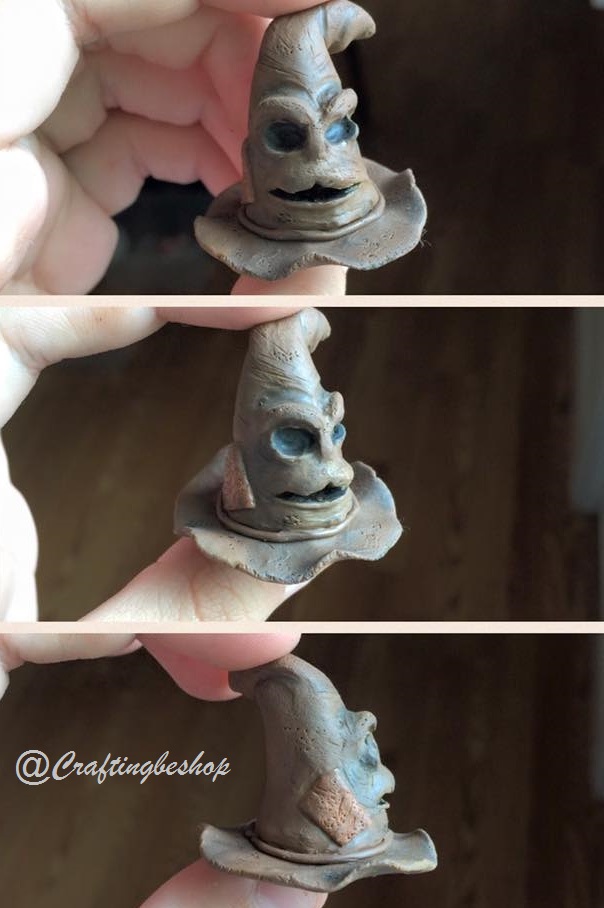 What’s your favorite miniature?
What’s your favorite miniature?
